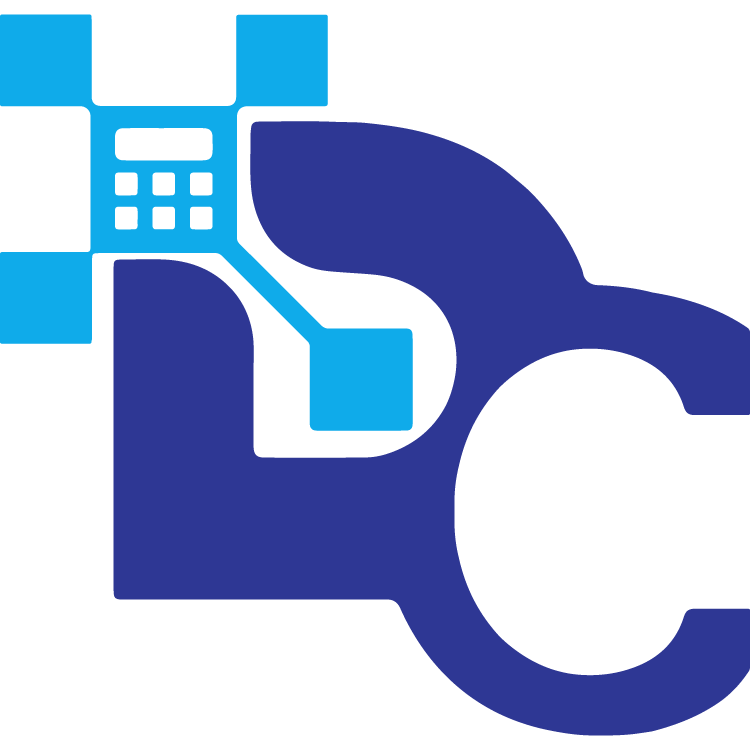Decimal to Binary Conversion - Fast & Accurate Converter
Convert between decimal and binary number systems with precision using standard mathematical conversion
Need a fast and accurate way for decimal to binary conversion or the reverse? Our decimal ⇄ binary converter gives instant results. Just enter the value and get precise answers for decimal to binary and binary to decimal anytime.
Why Users Love This Decimal ⇄ Binary Converter
- Exact in design: Uses correct formulas for accurate results
- Instant answers: Get results as you type.
- Clear display: Shows exact and step-by-step conversions.
- Two-way switch: Convert decimal to binary or binary to decimal.
- Works anywhere: Mobile and desktop-friendly.
How to Use Our Converter
- Enter the decimal or binary value.
- Choose conversion direction: decimal to binary or binary to decimal.
- View instant results.
- Copy, share, or save the answer.
Decimal (Base-10)
The term decimal stands for the number system with base-10. It uses digits 0–9 and is the standard system we use in daily life for counting, arithmetic, and financial calculations.
Key Facts About Decimal
- Exact value: Each digit’s place value increases by powers of 10.
- Relationship to other systems: Can be converted to binary, octal, or hexadecimal.
- Common abbreviation: “Dec” or base-10.
- Notation tips: Always written with digits 0 to 9 only.
Binary (Base-2)
The term binary stands for the number system with base-2. It uses only two digits: 0 and 1. Binary is the language of computers, where every bit represents an electrical state (on = 1, off = 0).
Key Facts About Binary
- Exact value: Each digit’s place value increases by powers of 2.
- Relationship to other systems: Easily converted into decimal, hexadecimal, and octal.
- Common abbreviation: “Bin” or base-2.
- Notation tips: Written using only 0s and 1s.
Decimal to Binary Conversion Formula
Formula:
Binary = Divide decimal number by 2 and record remainders until quotient = 0. Read remainders from bottom to top.
Decimal to Binary Conversion Examples
Example 1: Convert 10 decimal to binary
- Step 1: Divide 10 ÷ 2 = 5 remainder 0
- Step 2: Divide 5 ÷ 2 = 2 remainder 1
- Step 3: Divide 2 ÷ 2 = 1 remainder 0
- Step 4: Divide 1 ÷ 2 = 0 remainder 1
- Result = 1010 binary
Example 2: Convert 25 decimal to binary
- Step 1: 25 ÷ 2 = 12 remainder 1
- Step 2: 12 ÷ 2 = 6 remainder 0
- Step 3: 6 ÷ 2 = 3 remainder 0
- Step 4: 3 ÷ 2 = 1 remainder 1
- Step 5: 1 ÷ 2 = 0 remainder 1
- Result = 11001 binary
Example 3: Convert 100 decimal to binary
- Step 1: 100 ÷ 2 = 50 remainder 0
- Step 2: 50 ÷ 2 = 25 remainder 0
- Step 3: 25 ÷ 2 = 12 remainder 1
- Step 4: 12 ÷ 2 = 6 remainder 0
- Step 5: 6 ÷ 2 = 3 remainder 0
- Step 6: 3 ÷ 2 = 1 remainder 1
- Step 7: 1 ÷ 2 = 0 remainder 1
- Result = 1100100 binary
Binary to Decimal Conversion Formula
Formula:
Decimal = Sum of (binary digit × 2^position).
Binary to Decimal Conversion Examples
Example 1: Convert 1010 binary to decimal
= (1 × 2³) + (0 × 2²) + (1 × 2¹) + (0 × 2⁰)
= 8 + 0 + 2 + 0
= 10 decimal
Example 2: Convert 11001 binary to decimal
= (1 × 2⁴) + (1 × 2³) + (0 × 2²) + (0 × 2¹) + (1 × 2⁰)
= 16 + 8 + 0 + 0 + 1
= 25 decimal
Example 3: Convert 1100100 binary to decimal
= (1 × 2⁶) + (1 × 2⁵) + (0 × 2⁴) + (0 × 2³) + (1 × 2²) + (0 × 2¹) + (0 × 2⁰)
= 64 + 32 + 0 + 0 + 4 + 0 + 0
= 100 decimal
Applications of Decimal and Binary Conversions
- Computer Science: Data representation in programming.
- Digital Electronics: Circuit design and logic gates.
- Networking: IP addressing uses binary.
- Storage Systems: File size representation in bits and bytes.
Quick Reference Table for Decimal ⇄ Binary Conversion
Decimal | Binary | Decimal | Binary |
2 | 10 | 18 | 10010 |
5 | 101 | 25 | 11001 |
10 | 1010 | 50 | 110010 |
100 | 1100100 | 255 | 11111111 |
Use our decimal ⇄ binary converter at Digital Calculator for fast, accurate, and reliable results in computer science, programming, and everyday learning.
